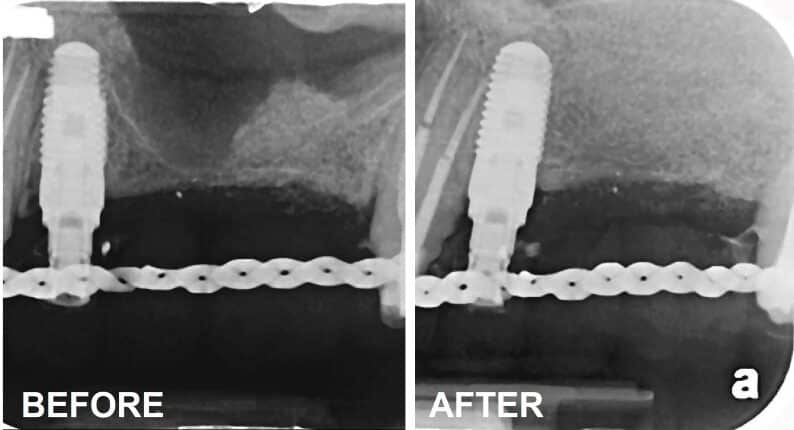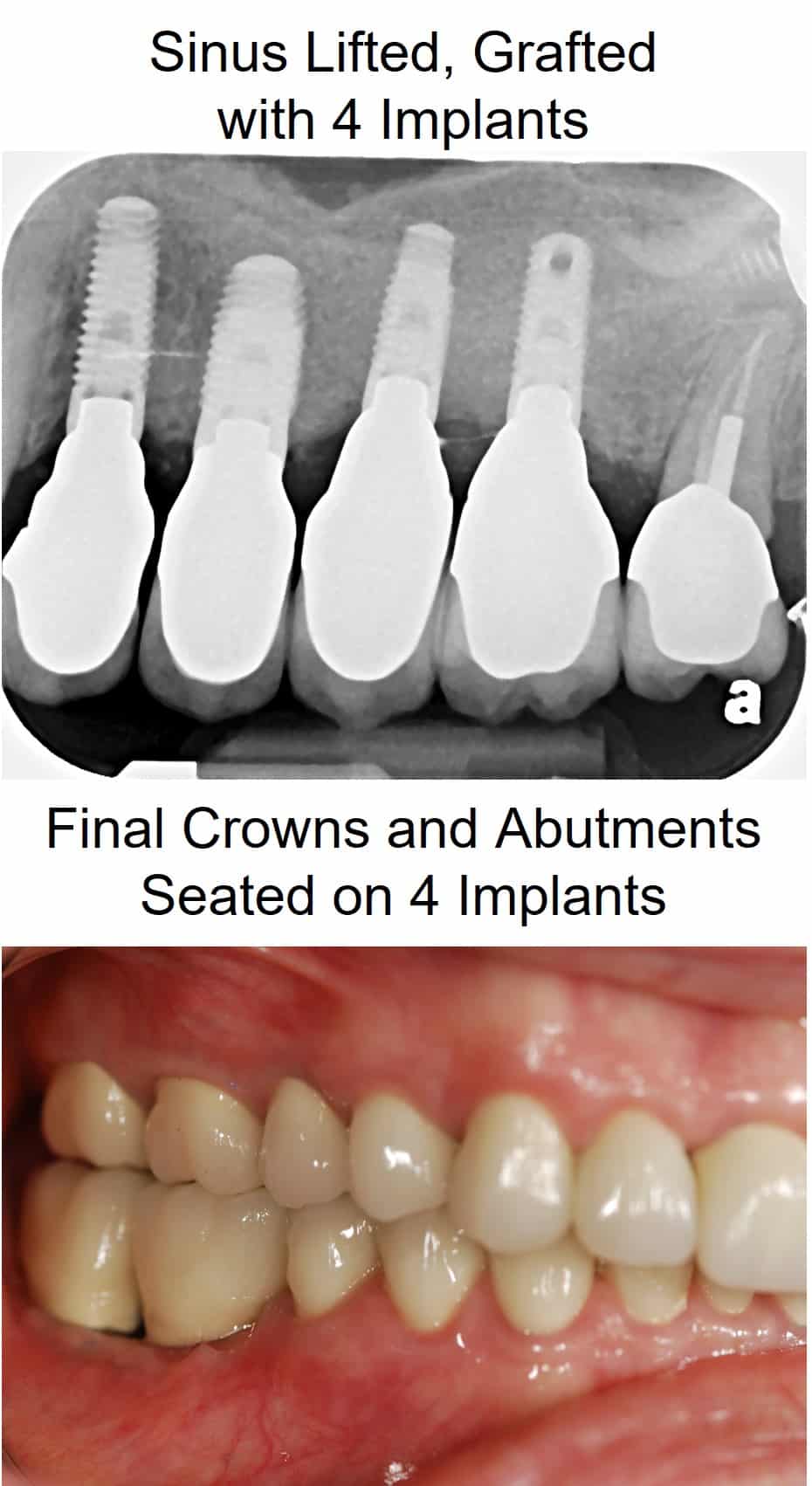Blog - Washington, DC
Tips, Facts, And The
Latest In Dentistry

When Is a Sinus Lift Necessary for Dental Implant Treatment?
Posted in Sinus Lift
Posted on February 15, 2023 by Dr. Gerald Marlin

Some patients may need a sinus lift to qualify for dental implant treatment. A sinus lift, also called sinus augmentation, is a procedure in which the sinus floor is repositioned, and bone is added to the upper rear portion of the jaw, which facilitates the growth of healthy bone for dental implant placement.
If you have teeth and bone missing from near your sinuses—at the back of your upper jaw—you may need a sinus lift before you can get dental implants. During a sinus lift, a bone graft will be done between the maxillary sinuses and your jaw, requiring the sinus membrane to be lifted, hence the name of this procedure.
When exactly is a sinus lift necessary for dental implant treatment? Here are a few instances where a sinus lift can facilitate a successful dental implant procedure.
Missing Bone in the Rear of Your Jaw
If you need to replace a missing molar or premolar in your upper jaw with a dental implant, you may require a sinus lift prior to dental implant placement if you lack jawbone or have compromised bone in this area.
You may be missing bone in your posterior upper jaw due to gum disease, cancer, or other medical conditions, including congenital abnormalities such as cleft palate. For some patients, missing some bone is a natural consequence of having a tooth pulled without a simultaneous bone graft in the socket at the time of the extraction.
When the sinus floor changes with lost bone over time, a sinus lift becomes necessary to reposition the sinus membrane and introduce new bone into the area for dental implant treatment with a high success rate and a low risk of complications [1].
Sinuses Are Too Close to the Upper Jaw
In some patients, a sinus lift may be necessary because the sinuses can be too close to the upper jaw, and more room is needed for successful implant placement. In cases such as these, lost bone is not necessarily the problem; rather, the anatomy of the patient makes proper dental implant placement without sinus augmentation impossible.
It is also possible to have sinuses that are too close to the upper jaw as well as bone loss in this area, particularly with aging and tooth loss, which will require sinus augmentation prior to dental implant placement [2].
A sinus lift makes dental implants possible for patients with sinuses too close to the tooth roots. During a sinus augmentation, the sinus membrane will be lifted to create space for Dr. Marlin and Dr. Talmazov to add bone. Once the bone integrates with your natural jawbone and heals, you will be ready for dental implant placement.
 Why Sinus Lifts Are Necessary for Some Patients
Why Sinus Lifts Are Necessary for Some Patients
The success of a dental implant relies on the quality of the jawbone that supports the implant. That is why patients lacking jawbone, either in quality or quantity, require a bone graft prior to dental implant placement.
However, patients who need a sinus lift generally require both a bone graft and a new sinus floor to qualify for dental implants and maximize the chances of a successful implant treatment. Some patients may also need a sinus lift without a bone graft, if their sinuses are naturally too close to their tooth roots due to anatomical reasons [3].
A sinus lift for lost bone is one of the more common bone grafting procedures for dental implants and helps add bone below the sinus floor. Once the new bone has integrated with the patient’s existing bone, dental implants can be placed.
What to Know About a Sinus Lift
There are two types of sinus lift procedures—internal and external. An internal sinus lift is the more conservative approach with the sinus being lifted in combination with placement of the implant, all during a single procedure.
With an external sinus lift, there may be little to no bone in the posterior upper jaw, so this procedure will need to be done before the implant placement, typically several months before.
Which method you receive will be determined during our extensive presurgical planning with a CT scan and virtual placement of your implant to identify the best method for the most predictable and successful results.
Healing time after a sinus lift is generally minimal, and sinus augmentation will not alter the normal function of your sinuses or your breathing [4].
Do You Need a Sinus Lift to be a Candidate for Dental Implants?
If you have been told you do not qualify for dental implants or that you need a sinus lift to qualify, know that our team at Elite Prosthetic Dentistry takes a meticulous approach to ensure a successful treatment for your procedure. Contact us today to book a consultation for dental implants or discuss the possibility of a sinus lift.
Sources:

Through this commitment, Dr. Marlin provides his patients with long-lasting (35 years vs. the national average of 7-10 years) aesthetic restorations so that they have virtually no future problems.
As such, he is a leading specialist in dental implants, cosmetic dentistry, sedation dentistry , and restorative dentistry in the Bethesda–Chevy Chase, Northern Virginia, and Washington DC Metro Area. He has inserted and restored over 3,600 dental implants.





